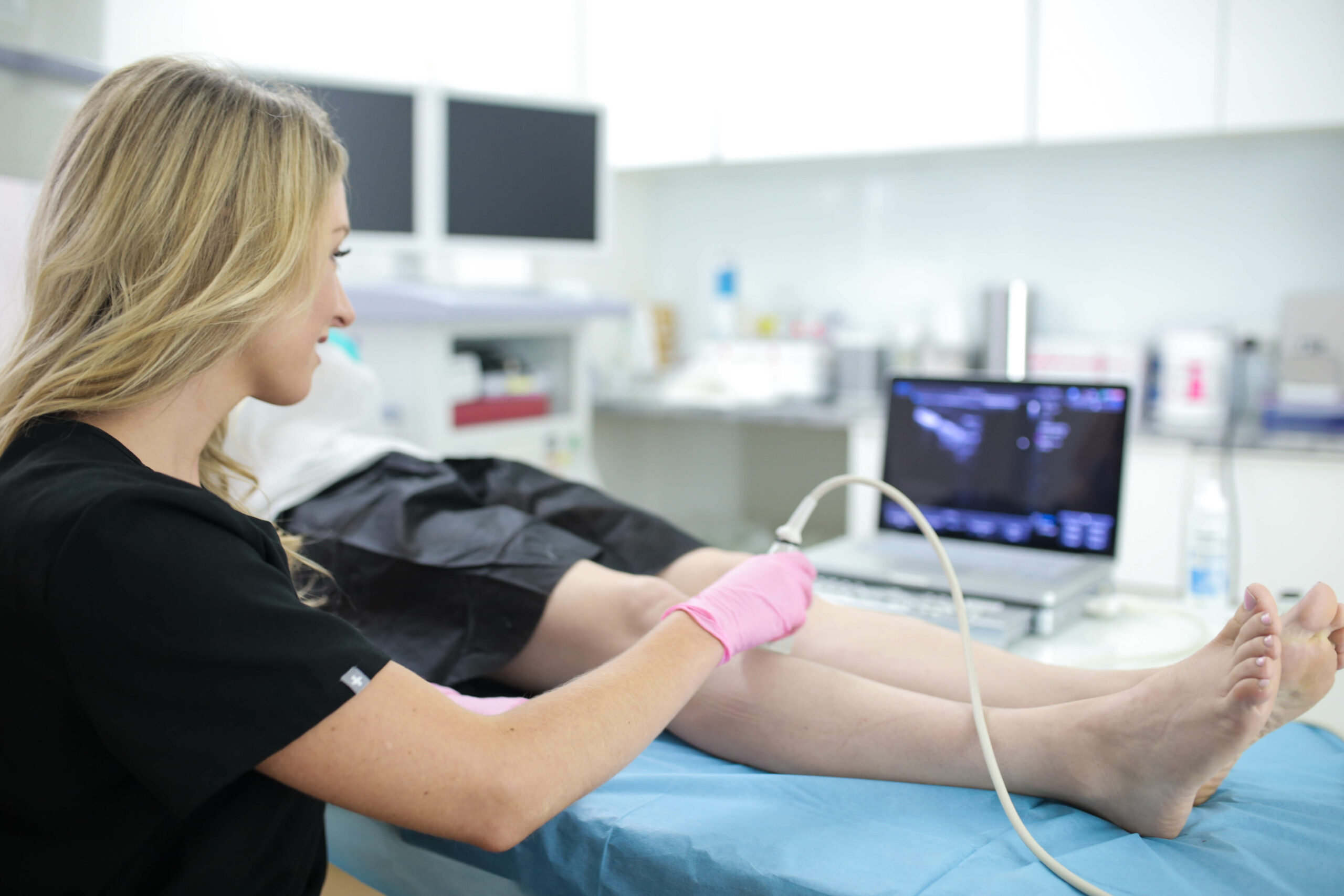What to expect before, during, and after varicose vein and spider vein treatment?
Most patients opt for spider vein treatments because they want to eliminate the visibility of unhealthy spider veins on the skin’s surface. Spider veins are essentially broken capillaries on legs or dense clusters of damaged blood vessels that appear just underneath the skin’s surface, usually between the dermis and epidermis of the skin. If you want to get rid of the red veins on your legs, you must consult reliable vein treatment clinics for spider vein treatment.

You should generally avoid medical spas and vein doctors focusing solely on cosmetic treatment. Even though spider veins cause cosmetic problems, they often indicate underlying chronic venous insufficiency, a dangerous medical condition with several long-term complications. That’s why you must find a vein doctor who diagnoses and treats the root cause of spider veins before removing the superficial red veins on the legs.
Spider vein treatment can transform your life. Patients with spider veins often report feeling listless, under-confident, and socially anxious. They often hide their legs and arms by wearing oversized clothing, and they might avoid beaches or social events that involve wearing dresses. Spider vein treatment removes the visible spider veins from the skin’s surface, thus allowing you to flaunt your beautiful legs and go to the beach.

Our spider vein and varicose vein treatment clinics are led by board-certified vein doctors who use the latest, minimally invasive spider veins treatments, such as radiofrequency ablation and sclerotherapy. Our vein doctors diagnose the root cause of spider veins, following which they perform the spider vein removal. Before, we discuss what you can expect before, during, and after spider vein treatment at our vein clinics.
Please schedule an appointment for your sclerotherapy treatment for superficial varicose veins and spider veins at our leg vein clinics.
Before Spider Vein Treatment
Before spider vein treatment, our vein doctors will perform a thorough assessment of your needs and goals. Our vein doctors will examine your leg veins, discuss your goals, review your medical history, and administer ultrasound scans. During the ultrasound test, the vein doctor will use a specialized device to channel ultrasound energy and visualize the direction of blood flow in leg veins, thus revealing the presence or absence of chronic venous insufficiency. Depending on the root cause of your spider veins, our vein specialists will curate the appropriate treatment plan.
During Spider Vein Treatment
If you have venous insufficiency, your vein treatment may start with radiofrequency ablation, endovenous laser ablation, or venaseal — these procedures remove the diseased saphenous vein responsible for your vein problems, thus rerouting accumulated blood into healthier leg veins. The vein doctor will use thermal energy, laser energy, or medical adhesives to seal or destroy the diseased vein, restoring optimal blood circulation to the heart.
After the primary vein treatment, the vein doctor will perform sclerotherapy for the visible spider veins. The vein doctor will inject a sclerosant medicine into spider veins to make them shrink and turn into hardened scar tissues. Your body will eventually metabolize the hardened spider veins, making them fade away from the skin’s surface within a few weeks. You may need additional treatments for optimal results.
After Spider Vein Treatment
Sclerotherapy produces brilliant results because all the targeted spider veins shrink, harden, and fade away from the skin’s surface within a few weeks. You may experience mild post-treatment redness, soreness, and discomfort, but the side effects will dissipate within a few days. Some patients experience mild cramping and burning sensations when the sclerosant medicine enters the vein, but the discomfort is perfectly tolerable. There are no major complications, and you can resume your daily activities immediately.
How do spider veins and varicose veins occur?
Chronic venous insufficiency is the primary root cause of spider veins and varicose veins. Venous insufficiency is a medical condition wherein your vein valves collapse, and blood flows backward, eventually accumulating in the leg veins. In healthy veins, the vein valves act as one-way doors, allowing blood to flow towards the heart but preventing it from flowing backward due to gravity. When your vein valves collapse, blood pools in the leg veins, eventually leading to vascular dilation and the formation of spider veins and varicose veins.
Can varicose veins return after treatment?
Varicose veins are dense, bulging leg veins that appear in a twisted, tangled, and knotted form on the skin’s surface — they protrude outwards. As mentioned earlier, varicose veins are usually symptomatic of chronic venous insufficiency, a dangerous circulatory disorder responsible for most vein problems. If you want to prevent varicose veins from returning, you must address the root cause of the problem. Treating varicose veins without addressing the root cause would inevitably cause a relapse — similar to how you must fix broken pipes before painting over stained walls.
What can get rid of varicose veins?
The best way to get rid of varicose veins is to consult a reliable vein doctor for spider vein and varicose vein treatments. The vein doctor will examine your leg veins, review your medical history, diagnose underlying vein disease, and curate a personalized vein treatment plan for you. Ambulatory phlebectomy and sclerotherapy are the best treatments for varicose veins and spider veins.
Ambulatory phlebectomy involves the physical extraction of superficial varicose veins through small incisions on the skin’s surface, and sclerotherapy involves injecting a sclerosant medicine into spider veins to make them shrink and fade away from the skin’s surface. These treatments only offer cosmetic relief, so they must be preceded by treatments for chronic venous insufficiency.








